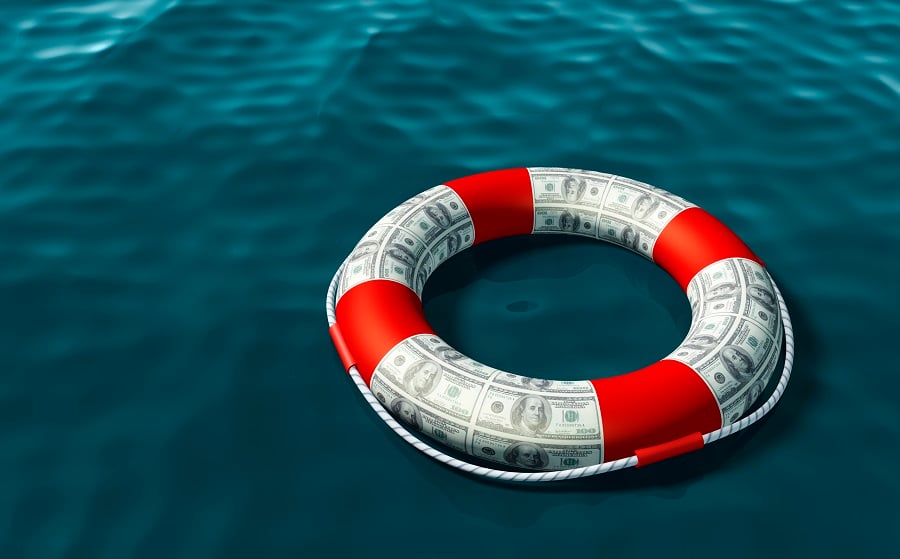

As investors ponder how much longer this bull market can run, the S&P 500 and Nasdaq continue to trade near all-time highs despite an uncertain macro environment, tensions with China and an ongoing global pandemic. When I discuss this dynamic with advisers across the country, the need for uncorrelated returns emerges as one of the most pressing topics.
Many private investment asset classes have delivered low correlated returns compared to public securities, but it can be argued that much of that is due to reporting lags. True noncorrelation derives from a return stream that won’t respond to the movement of either the equity or credit market or the manner in which an investment is bought or sold. It is here that one asset class stands out: reinsurance.
The reinsurance industry began in Europe in the mid-1800’s. Reinsurance has evolved over the years, with the current iteration shaped by a few devastating events in the early 1990’s. The industry was forced to change when Los Angeles' deadly earthquake in 1994 came just a couple of years after Hurricane Andrew’s ravaging of the Florida coast. Both traditional insurance companies and reinsurers realized that they were undercapitalized relative to the risks they underwrote. As a result, the industry underwent a capital reinvention.
A new infusion of money into the reinsurance asset class came from the capital markets. This alternative source of capital first arrived in the form of catastrophe bonds, marking the beginning of the insurance-linked securities industry as a way for insurers to move risk off their balance sheets.
Today, the ILS market totals close to $100 billion and has expanded beyond catastrophe bonds to related securities such as collateralized reinsurance contracts. Unlike catastrophe bonds, which are publicly traded and have typical maturities of under three years, there is no public market exposure with collateralized reinsurance contracts and thus no correlation. Pooled investment vehicles or funds that provide exposure to the reinsurance sector will have varying degrees of liquidity depending on that vehicle’s structure.
Following the 2008 credit crisis, the ILS industry experienced significant growth as such securities were some of the only investments to generate positive returns. The income from these contracts provided a stable return stream despite the dislocation across equity and credit markets. Today, on average catastrophe bonds are yielding approximately 6% net after fees and expenses.
However, the huge storm activity in 2017 and 2018 has tempered recent demand for ILS. Over the last decade, as hedge funds and other ILS investors entered the market with scale, premiums dropped as competition pressured supply.
Lower premiums and recent strategy losses have led to redemptions from ILS strategies over the past few years. Due to these redemptions, we’ve seen a reduction in the amount of ILS reinsurance capital redeployed. Furthermore, event/travel cancellations resulting from COVID-19 have caused additional losses within the industry in 2020.
As such, ILS fund managers focused on natural catastrophic events have generally avoided these COVID-related exposures. Many of the biggest firms in the industry have seen their balance sheets affected, and that has also impacted capital available for renewables in the climate space. As this capital supply has declined in renewing reinsurance contracts, premiums across the industry have risen in response, creating a timely uptick in expected returns.
Allocators would be wise to take advantage of this uncorrelated return stream and the diversification benefits. Since reinsurance historically has a risk/return profile most similar to equities, investments in reinsurance have typically come from investors’ equity allocation.
As investors experience volatility in the public markets amid the global pandemic and political strife both in the U.S. and around the world, reinsurance is a great place to look for noncorrelation and solid returns.
Frank A. Burke is chief investment officer at PPB Capital Partners.

Rajesh Markan earlier this year pleaded guilty to one count of criminal fraud related to his sale of fake investments to 10 clients totaling $2.9 million.

From building trust to steering through emotions and responding to client challenges, new advisors need human skills to shape the future of the advice industry.

"The outcome is correct, but it's disappointing that FINRA had ample opportunity to investigate the merits of clients' allegations in these claims, including the testimony in the three investor arbitrations with hearings," Jeff Erez, a plaintiff's attorney representing a large portion of the Stifel clients, said.

Chair also praised the passage of stablecoin legislation this week.

Maridea Wealth Management's deal in Chicago, Illinois is its first after securing a strategic investment in April.
Orion's Tom Wilson on delivering coordinated, high-touch service in a world where returns alone no longer set you apart.
Barely a decade old, registered index-linked annuities have quickly surged in popularity, thanks to their unique blend of protection and growth potential—an appealing option for investors looking to chart a steadier course through today's choppy market waters, says Myles Lambert, Brighthouse Financial.
